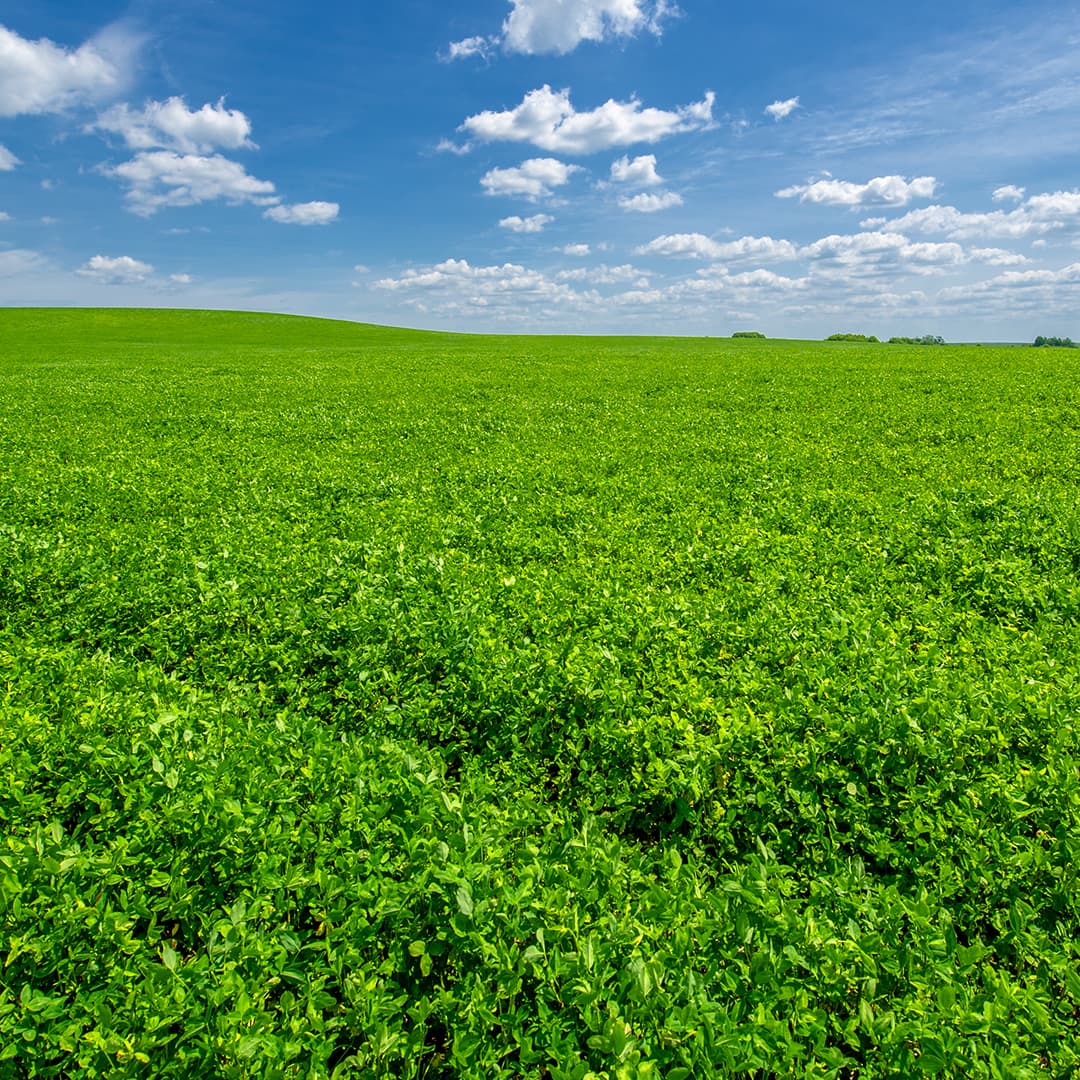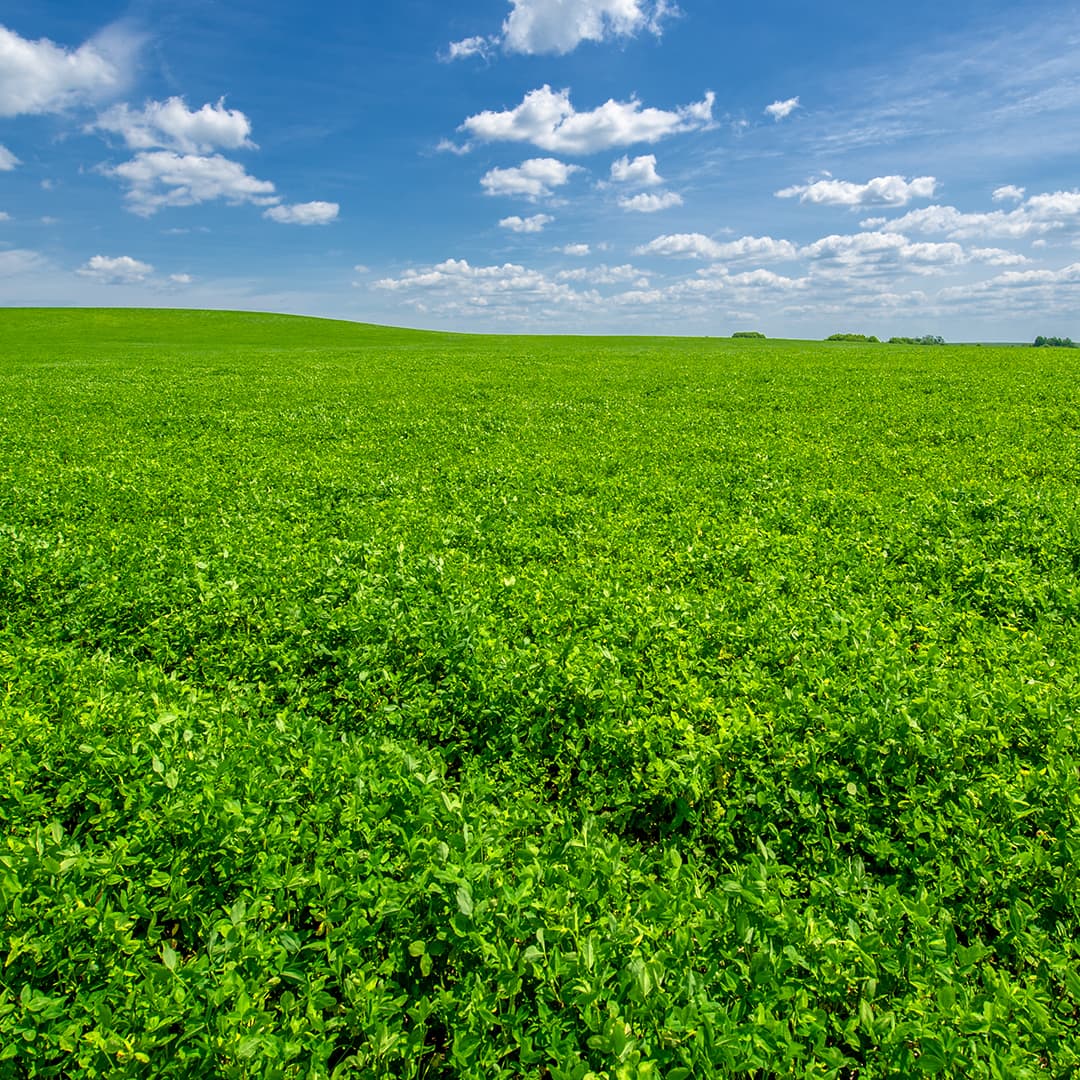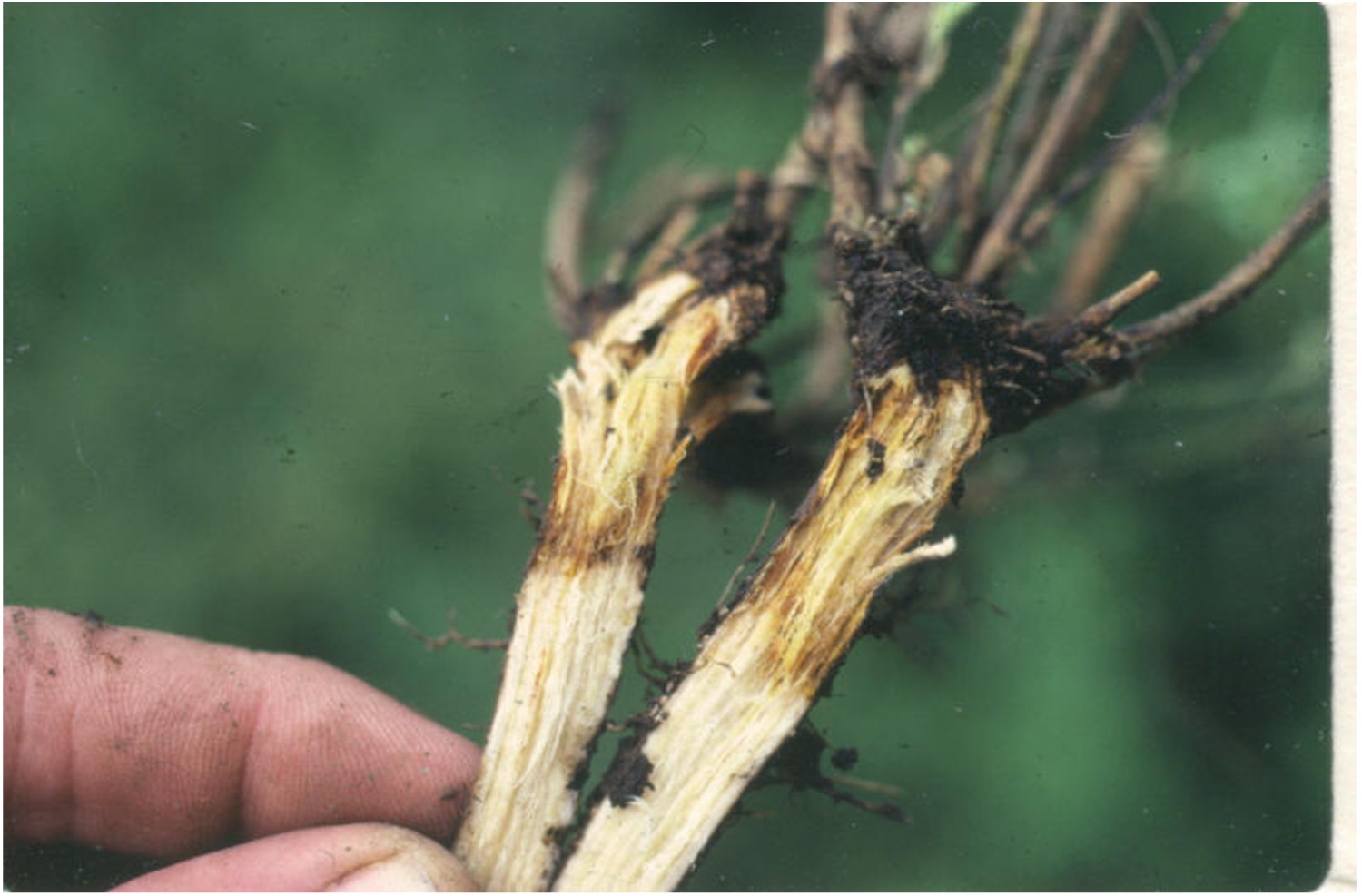It’s easy to get excited about the nitrogen savings alfalfa can get you and overlook other important nutrients the perennial needs. To manage a longstanding, high-yielding crop, make sure you’re incorporating these five nutrients into your plant nutrition plan.
For more information on fertility planning for successful alfalfa, contact your local agronomist or America’s Alfalfa® retailer.
© 2023 Forage Genetics International, LLC. America’s Alfalfa® is a registered trademark of Forage Genetics International, LLC.
Macronutrients
The macronutrients below impact alfalfa performance and are important to manage. Manage soil fertility by taking regular soil tests and follow the recommendations provided. These tests are especially helpful for monitoring potassium, phosphorous and soil pH.Potassium
Potassium (K) is an essential macronutrient needed for nearly all plant functions. It interacts with plant enzymes to initiate processes like photosynthesis, protein synthesis, starch formation and water uptake. Potassium also provides the “antifreeze” needed to regulate cell water content for winterhardiness. Potassium fertilizer needs to be applied to most Midwestern and Eastern soils on an annual basis. Potassium is extracted at a rate of about 50 pounds per ton of harvested forage.Phosphorus
Phosphorus (P) levels for many growers who also raise livestock can become excessive because the manure they apply to their fields contain high levels of it. Fields that do not receive manure applications need to be tested and managed to ensure a sufficient supply. Phosphorus deficiency is more common on many commercial alfalfa hay farms.Soil pH
Soil pH is not technically a nutrient, but it’s critical just the same because it drives nitrogen fixation and prevents nutrients like P and K from becoming locked up in the soil. Neutral pH around 6.8-7.2 is needed to maximize alfalfa yield. When soil pH is below optimum, yield loss occurs. Every 0.1 pH below optimum can result in 0.10 DM T/Ac yield loss. Soil pH variations can be significant within a field so good soil tests and variable-rate lime applications are helpful. Apply lime one year before seeding alfalfa to provide enough time for the soil pH to increase.Secondary Macronutrients and Micronutrients
To manage secondary macronutrients and micronutrients, tissue tests should be used. For alfalfa, it’s important to pay close attention to sulfur and boron. Nutrient percentage in the tissue or parts per million (ppm) in the plant can give you a snapshot of what’s going on so you can make a quick decision to correct levels in-season.Sulfur
Sulfur (S) is an important element needed to construct protein. If your fields are limited on sulfur, alfalfa protein levels can be lacking, which is critical when trying to raise a high-protein crop for dairy or livestock production. Applied sulfur is particularly important now, as minimal amounts are deposited from rainfall. Since sulfur will leach, it can be highly variable in areas of high rainfall like the Midwest and East because rain pushes it deep into the soil where it may not be extractable. Sulfur fertilizer should be applied annually at a rate of about 5 pounds per ton of forage produced as calcium sulfate (gypsum), ammonium sulfate (AMS) or elemental sulfur (S) can be easily applied with potassium (K) fertilizer applications.Boron
Boron (B) is a micronutrient that can be deficient in alfalfa fields, especially those that are sandy or low in organic matter. Like sulfur, boron leaches through the soil profile so in high-rainfall areas, boron needs to be replaced annually to produce a high-yielding crop. We recommend growers apply about 1.5 - 2.0 pounds per acre of boron annually with their potash fertilizer application. A foliar application of boron with a potato leafhopper (PLH) spray application is an excellent mid-summer supplement for alfalfa fields.For more information on fertility planning for successful alfalfa, contact your local agronomist or America’s Alfalfa® retailer.
© 2023 Forage Genetics International, LLC. America’s Alfalfa® is a registered trademark of Forage Genetics International, LLC.



